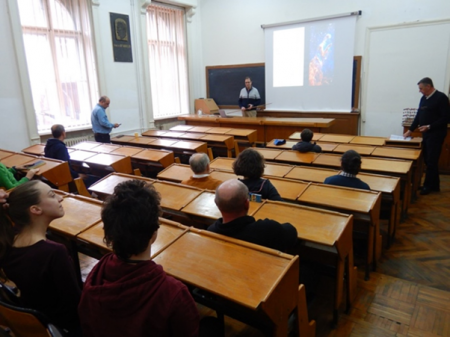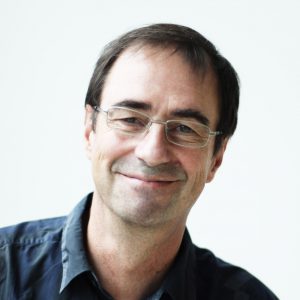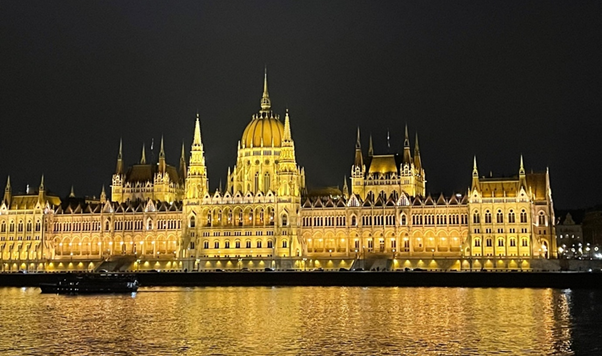
Bernard Marty’s 2022 Distinguished Lecture Tour
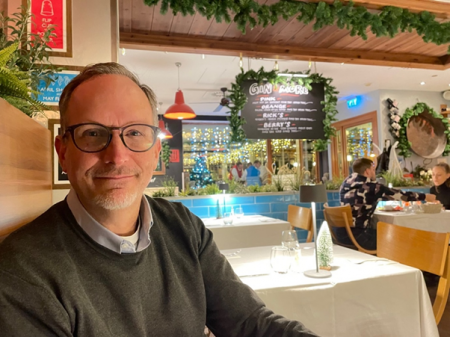
I was delighted and honored to be asked to deliver the 2022 Distinguished lecture tour in eastern Europe, namely Hungary and Romania. I am a geochemist and cosmochemist working on planetary volatiles, carbon, nitrogen and noble gases, and was keen to share with the growing geochemistry communities there about how life-forming species could have been delivered to terrestrial planets. Unfortunately, due to scheduling constraints, I could not go Bulgaria as initially planned. Keen to take the ‘green’ route, with Marie-Aude Hulshoff from EAG who organized the trip, we tentatively looked at options to travel by train, but it would have taken 13 hours to go to Budapest, and 9 hours more to reach Bucharest and Cluj in Romania. So limited by the tight schedule, on a freezing December morning I finally embarked at Luxembourg airport, the closest international hub to Nancy.
In Budapest, I was welcomed by Stephen Mojzsis, a professor at Konkoly Observatory, who invited me to a nice small restaurant serving exquisite Hungarian specialities (you can enjoy many delicious dishes beyond the famous goulash!). Steve is a well known geochemist working on many topics, including early life and environments. Born a New Yorker from Hungarian descendants, he was educated in the US but later decided to go to Budapest to experience the growing feeling of freedom in the 90s, when the country gained full independence. He recently decided to leave his professor position in an American university when Hungary decided to attract western scientists by proposing top-grade positions and accompanying benefits. We went for a night excursion around the castle of Buda and the Fisherman’s Bastion, admiring the splendor of the Hungarian Parliament on the other side of the Danube River.
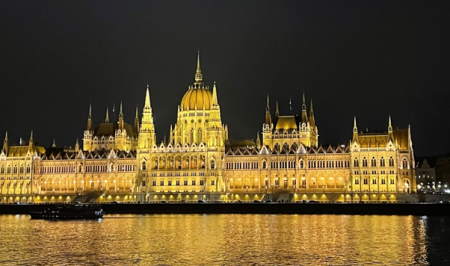
The following morning, we jumped on the tramway to reach the Konkoly Observatory on the suburb hills around Buda. There I met Ramon Brasser, a dynamicist working on the early evolution of the Solar System. I had previously met Ramon several times in Tokyo, where he was working at the Earth and Life Science Institute, and we had already had inspiring discussions on the fate of ices and gases during planetary formation. I gave my first talk on the origin of life-forming volatile elements in the inner Solar System. The audience consisted mostly of about 30 astrophysicists and astronomers, and we had a lively discussion on comparing remote observations made by this community with geochemical measurements and interpretations. Steve and Ramon have assembled a group of enthusiastic students and postdocs, which augurs well for the successful establishment of this group in the Hungarian scientific community.
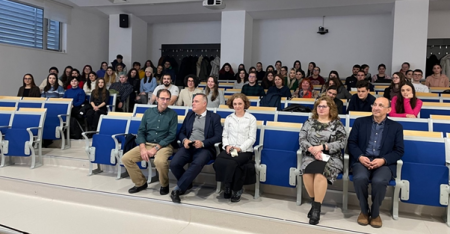
It was then time to move on to Bucharest where I was welcomed by professors Gabriela Iorga and Virgil Baran from the Physics Department of the University of Bucharest. After a tour of the city, we went to a modern building, the Physics Department, where I gave my second talk in front of a studious audience with numerous students and young researchers. We had a lively discussion afterwards; I guess my talk, which was grounded in the messages of isotopic systems, was particularly appealing to students and researchers on nuclear physics, one of the main departments of the university.
After the lectures, I had the pleasure to meet Mirel Birlan. Mirel is an astronomer who spent most of his professional life at the Observatoire de Paris and whom I met previously in French committees of planetary sciences. He gave me a tour of the Astronomical Institute of the Romanian Academy of Sciences, now used as an educational facility. It is a fascinating building that hosts a fantastic telescope and many measurement devices from the 19th and 20th centuries, some of them developed to track Western spy planes and satellites during the Soviet era. In the telescope room, the floor can move up and down to accommodate the height and direction of the instrument during measurements.
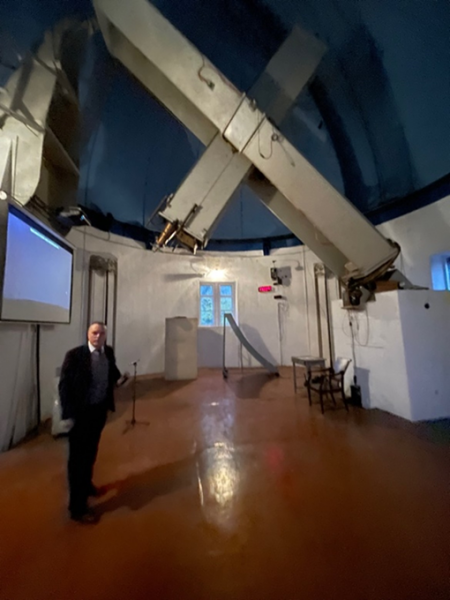
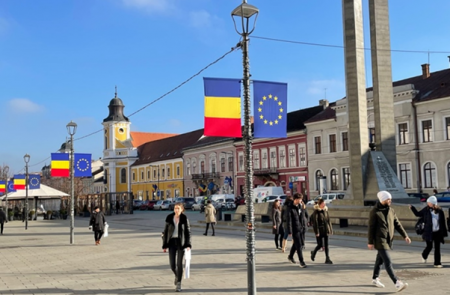
The following day, I moved to Cluj-Napoca in Transylvania, some 200 km north of Bucharest. Professor C˘alin Baciu, a francophone and Francophile, kindly welcomed me at the airport. We went through the modern, clean, and busy city to the gorgeous Babeş-Bolyai University, the largest university in Romania. There I gave a talk in the Geology Department, where I had the pleasure of meeting Professor Nicolae Har, the head of the department. Unfortunately, the talk coincided with a university day off, resulting in a sparser audience than we had hoped for. Nevertheless, the topic was appreciated and the students and researchers are now eager to organize topical short courses, an excellent idea for future EAG lectures.
I also had the chance to take a guided tour of the department’s fabulous geological collection, before spending the last night of the lecture tour exploring a lively Christmas market, with stands selling excellent delicacies and comforting hot drinks.
This trip was a great experience, giving me the opportunity to meet and engage with young researchers and colleagues from different horizons and to establish durable links. I would like to thank Marie-Aude Hulshoff and Alice Williams at EAG for superb organization, and the many colleagues from Hungary and Romania who welcomed me so warmly.
